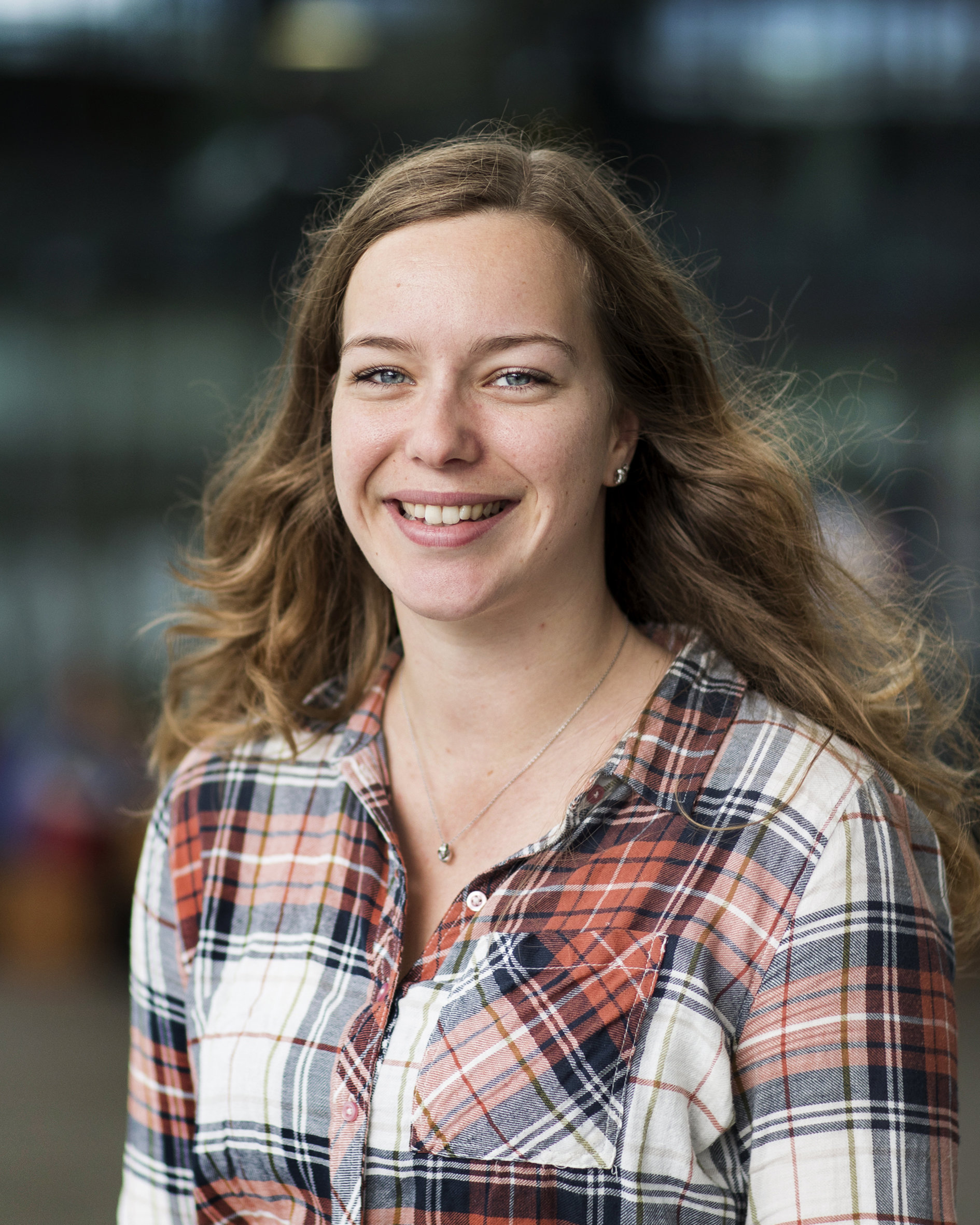Challenged by real-world problems
Master students in Applied Physics and Electrical Engineering who jointly work on real world challenges provided by companies. That is the premise of the master course ‘Optical Sensing and Metrology’. Over the past three years, some 35 students have engaged in this course, and explored the potential of optics and photonics for a myriad of sensing applications.
7
‘We have developed this course some four years ago to provide students with the opportunity to experience firsthand what comes into play when developing an optical sensor system for an actual application,’ says Erwin Bente from the Department of Electrical Engineering. Together with Andrea Fiore and Irwan Setija from the Department of Applied Physics and Science Education, Bente has been teaching the course over the past three years. As of this academic year, his role will be taken over by Kevin Williams.
The course is intended for Master students from both departments, and is offered by the Photonics and Semiconductor Nanophysics and the Photonic Integration groups, Bente tells. ‘It is part of the electives in the Master phases of both educational programs, and students tend to choose it when they are interested in the practical design aspects of light-based sensors.’

"We acknowledge that the transition towards quantum secure networks has to be a gradual one"
Idelfonso Tafur Monroy | Founding father of this testbed

”We have developed this course some four years ago to provide students with the opportunity to experience firsthand what comes into play when developing an optical sensor system for an actual application.”
Erwin Bente | Associate Professor
Present practical solutions
During the first few weeks of the course, the students are introduced to optical sensing methods. Then they start working on real sensing problems proposed by companies, in groups of three to four students. The students are asked to come up with practical solutions, which they have to present to the proposers of the challenges.
‘The problems the students work on can vary greatly in nature,’ says Bente, illustrating this observation with some examples. ‘We once had an assignment proposed by a motorcycle manufacturer, who was looking for a system to accurately measure the lean angle of a motorcycle while taking a corner. On the other end of the spectrum, some of our students have looked into a sensor that should be able to very precisely steer a focused light beam containing a wide range of wavelengths on a target. It is this variation of challenges that keeps the course interesting, not only for the students, but also for the supervising staff involved.’
The educational aim of the course is to have the students not only work out the technical details, but to also explicitly take into account the preconditions set by the actual application. These can range from the required signal to noise ratio to the use of materials, costs of goods and compliance with relevant laws and regulations. ‘Most of the students like to work on actual problems that are of relevance for a company. And it is good for them to experience how important it is to thoroughly analyze the problem at hand before they even start thinking about possible solutions. Very often, the problem analysis ends up to take the most of their time.’
For every next edition of the challenge, the organizing team of teachers is looking for new problems the students can work on. More information on the optical sensing challenge and how to submit interesting sensing challenges can be found via www.tue.nl/en/research/institutes/eindhoven-hendrik-casimir-institute/2024-optical-sensing-challenge